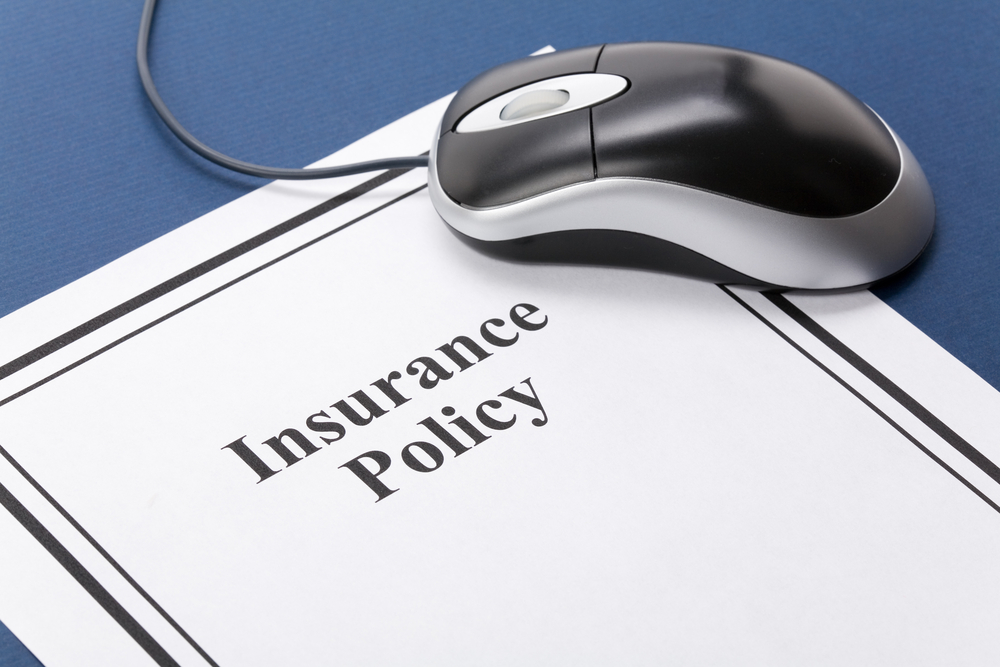Insurance
Customers forced to chase home insurers over claims

A report by Which? has revealed the issues home insurance customers face when claiming on their policies.
Which? found that one in three (30%) home insurance customers who have claimed in the past two years have been forced to chase their insurer in order to progress their claim.
The consumer champion also found three in 10 (29%) customers felt that their claim was dealt with more slowly than they thought it would be.
The findings come as Which? revealed the results of its largest ever home insurance analysis, which includes the views of more than 1,700 customers and fine print analysis of 78 policies from 37 providers.
The best home insurance providers
NFU Mutual topped the table and was named a Which? Recommended Provider after achieving a customer score of 81%, substantially higher than its nearest rivals.
Customers were impressed with how well NFU dealt with complaints. However, quotes are not available online or via comparison sites, and are sold solely by phone through a network of local agencies.
Direct Line and LV also fared well in Which?’s analysis, achieving customer scores of 75% and 74% respectively. Both did well on perceived expensiveness – customers were asked whether they felt their insurer was more expensive compared with other providers.
A quarter (26%) of Direct Line customers believed they were paying less than they would with rivals, compared with 12% who felt it was more expensive. One in three (28%) LV customers believed they were paying less than they would have done with other insurers, compared with one in 10 (7%) who thought they were paying more.
Just 3% of Barclays Bank customers, 4% of Halifax customers and 7% of AA customers thought they were paying less for their policies.
Of all survey respondents, two in 10 (22%) believed their insurer priced its cover less expensively than other providers. However, one in 10 (11%) believed their insurer was more expensive compared to other providers.
According to the latest figures from the Association of British Insurers (ABI), the average cost of combined home insurance was £300 in 2022 – the cheapest since the trade body began tracking price data.
How to save money on home insurance
For customers who think they are not getting a good deal on their home insurance cover, there are several actions they can take to ensure they are paying a fair amount. These include:
- Not letting policies auto-renew
- Haggling with your provider
- Calculating how much cover you actually need
- Setting the right excess
- Paying annually, not monthly.
Common claims on home insurance
The Which? survey also found that the most common claim on home insurance policies was for accidental damage (19%).
However, seven in 10 (72%) buildings insurance policies Which? analysed make full accidental damage an optional extra or do not include it, while it comes as standard in only one in three (29%) contents insurance policies.
Some policies offer partial accidental damage cover as standard – for example, to windows and sanitaryware or home entertainment systems.
Other commonly made customer claims included escape of water from an internal source (for example, burst pipes) and damage caused by high winds, heavy rain or hail – both 18%. The most commonly rejected claim was damage caused by high winds, heavy rain or hail – with one in 10 (9%) turned down.
Sam Richardson, deputy money editor at Which? said: “Customer service isn’t just a ‘nice to have’ – when something goes wrong with your home you need your insurer to step up and help get it fixed quickly.
“Insurance customers who make a claim shouldn’t have to chase their provider to get a response. The regulator’s new Consumer Duty, which comes into effect in July, aims to ensure firms provide customers with the support they need, when they need it. The FCA [Financial Conduct Authority, regulator] should not hesitate to take swift action against providers that fall below the required standards.”